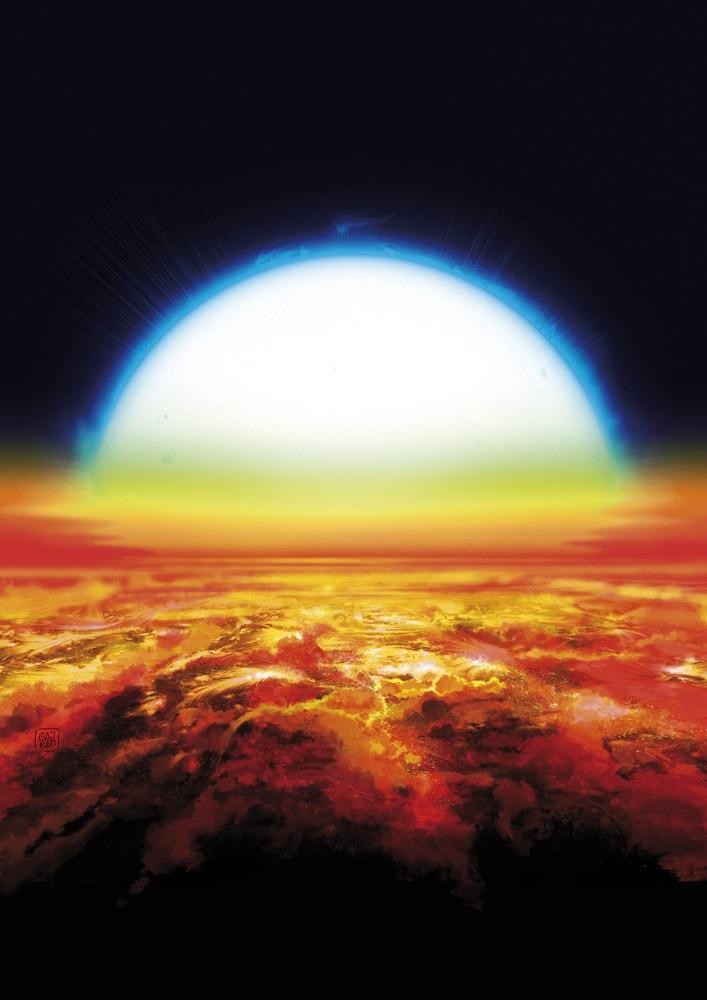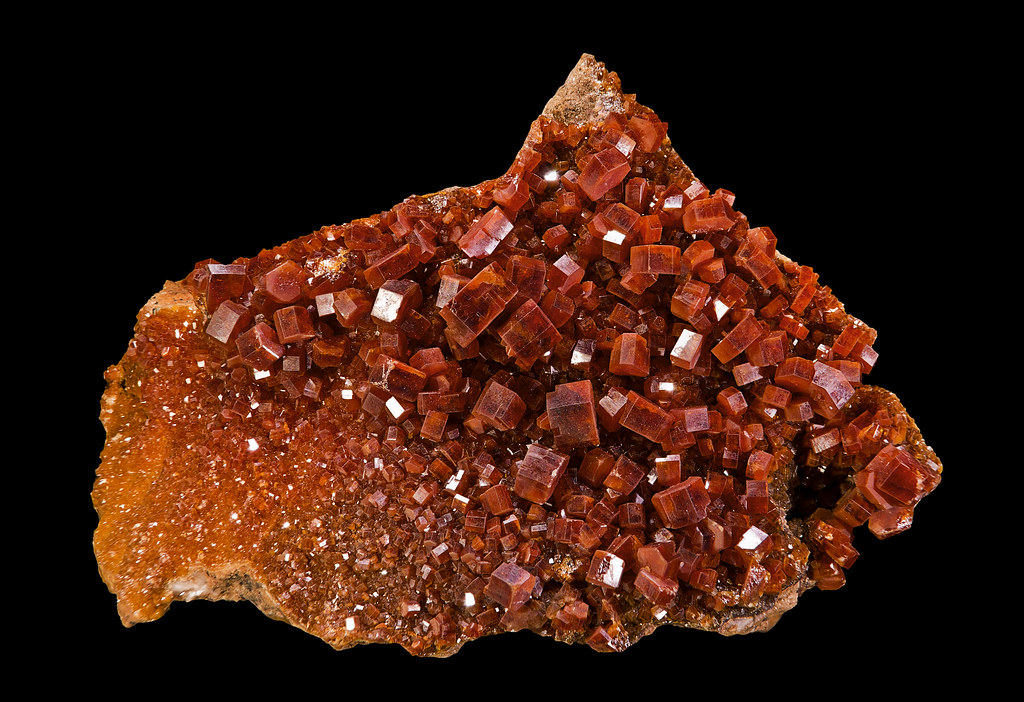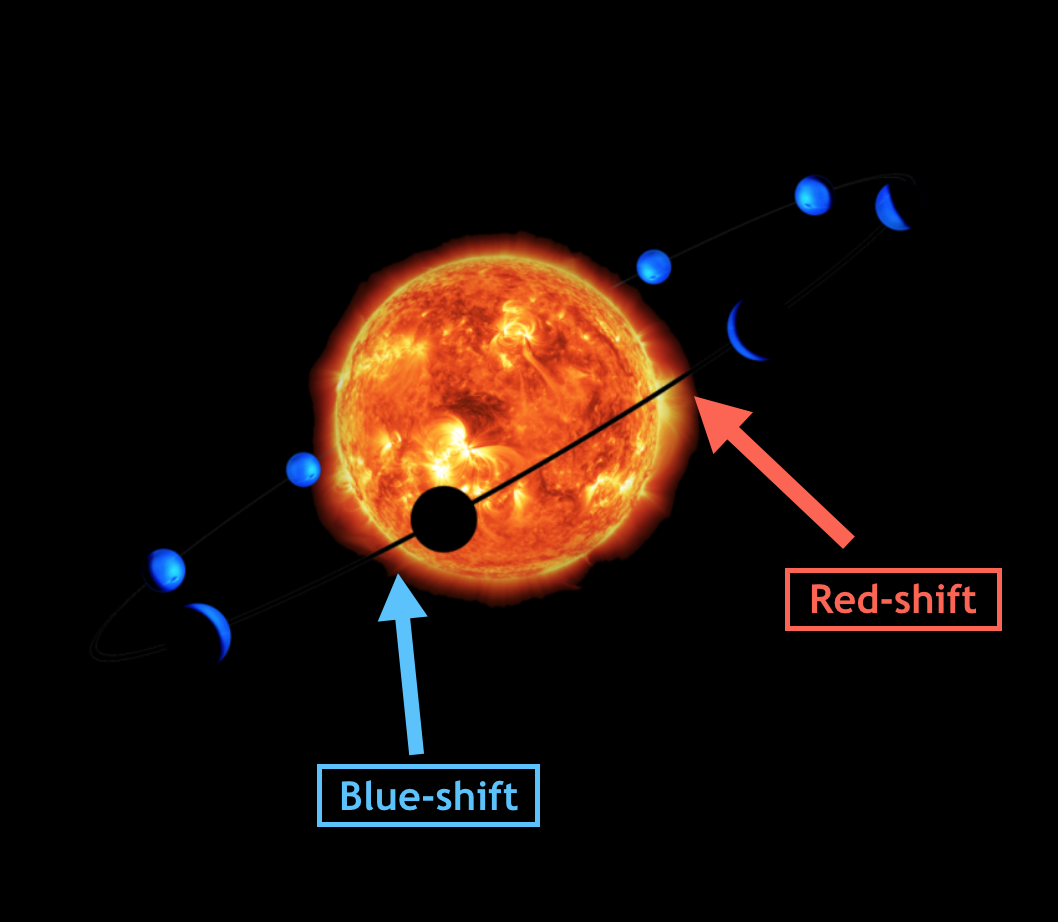Metals in KELT-9 b
KELT-9 b is the hottest exoplanet around a main-sequence star known to date. With a day-side temperature of over 4,000 K, the chemistry in its atmosphere was expected to be unique, and is almost exlusively atomic. Observations obtained with the HARPS-N spectrograph showed that the optical transmission spectrum of KELT-9 b is rich, allowing me and my collaborators to identify a multitude of atoms and ions.



